
Forklift Controllers - Lift trucks are obtainable in several different models which have varying load capacities. Most standard lift trucks used in warehouse environment have load capacities of 1-5 tons. Bigger scale units are used for heavier loads, like for instance loading shipping containers, can have up to fifty tons lift capacity.
The operator could use a control to be able to lower and raise the tines, which could likewise be referred to as "blades or tines". The operator of the lift truck can tilt the mast in order to compensate for a heavy loads tendency to angle the blades downward. Tilt provides an ability to work on bumpy ground also. There are annual competitions for skillful forklift operators to contend in timed challenges and obstacle courses at local lift truck rodeo events.
All forklifts are rated for safety. There is a specific load maximum and a specific forward center of gravity. This vital info is supplied by the maker and positioned on the nameplate. It is important cargo do not exceed these specifications. It is prohibited in numerous jurisdictions to tamper with or remove the nameplate without getting permission from the lift truck manufacturer.
Nearly all lift trucks have rear-wheel steering so as to improve maneuverability. This is very helpful within confined areas and tight cornering areas. This kind of steering differs quite a bit from a driver's first experience with various vehicles. Since there is no caster action while steering, it is no essential to use steering force in order to maintain a continuous rate of turn.
One more unique characteristic common with lift truck use is unsteadiness. A constant change in center of gravity happens between the load and the lift truck and they should be considered a unit during utilization. A forklift with a raised load has centrifugal and gravitational forces which can converge to result in a disastrous tipping accident. To be able to avoid this from happening, a forklift must never negotiate a turn at speed with its load raised.
Lift trucks are carefully built with a cargo limit used for the tines. This limit is lessened with undercutting of the load, which means the load does not butt against the fork "L," and likewise lessens with fork elevation. Generally, a loading plate to consult for loading reference is situated on the lift truck. It is unsafe to make use of a forklift as a worker hoist without first fitting it with specific safety equipment such as a "cherry picker" or "cage."
Lift truck use in warehouse and distribution centers
Vital for every warehouse or distribution center, the forklift needs to have a safe surroundings in which to accommodate their safe and efficient movement. With Drive-In/Drive-Thru Racking, a lift truck has to go within a storage bay that is many pallet positions deep to put down or get a pallet. Operators are usually guided into the bay through rails on the floor and the pallet is placed on cantilevered arms or rails. These confined manoeuvres require trained operators to be able to carry out the job efficiently and safely. Since each and every pallet needs the truck to go in the storage structure, damage done here is more frequent than with various types of storage. If designing a drive-in system, considering the size of the tine truck, as well as overall width and mast width, should be well thought out so as to be sure all aspects of an effective and safe storage facility.
![]() Click to Download the pdf
Click to Download the pdf
Forklift Parts
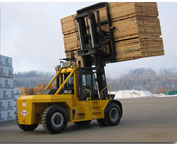
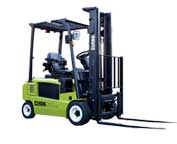
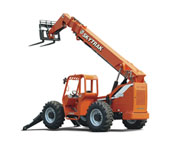
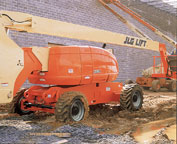
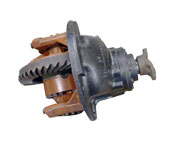
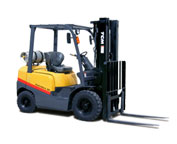
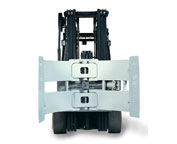
Lift Parts Express
TOLL FREE: 1-888-695-7994
forkliftpartstennessee.com
Email Us
About Us



